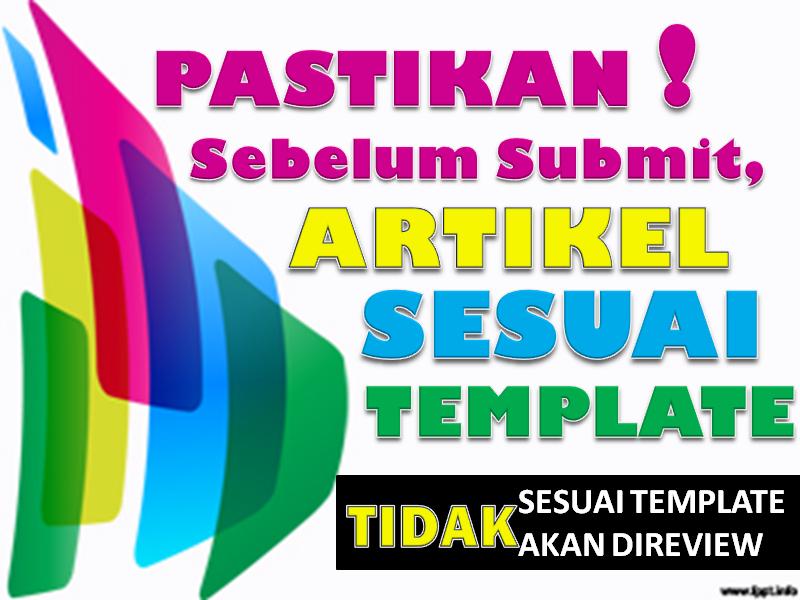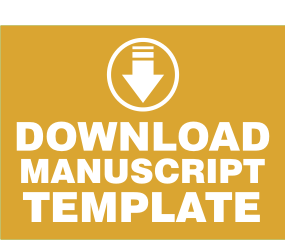Learning from Malin Kundang: Developing Children’s Character through Moral Values in Fairytales
(1) President University
(2) President University
(3) President University
(4) President University
(*) Corresponding Author
DOI: https://doi.org/10.26858/publikan.v13i3.52515
Abstract
ABSTRACT
Involving fairy tales and traditional stories in teaching is an effective method to increase children’s literacy skills and cognitive development. Rich narratives, moral lessons, and cultural contexts found in folktales contribute to children's reading comprehension, vocabulary expansion, and overall engagement with reading. Based on these statements, a recent community service program conducted by the Literacy in Education course at President University staged a play performance of the Indonesian folktale Malin Kundang for elementary school students. This program was conducted at the President University Auditorium to commemorate Indonesia's National Children's Day. The program was collaboratively organized by students and lecturers from diverse majors. The participants of the program comprised first to third grade elementary school students from the Jababeka area in West Java, members of the Faculty of Humanities, and students from the Primary School Teacher Education study program. The children responded very positively to the activity, gaining memorable lessons on moral values and love of fairy tales. Furthermore, the collaboration between lecturers and students enhanced skills in teamwork, creativity, and shared social responsibility. In light of the findings, the integration of fairy tales into educational programs stands as a promising approach to literacy and character education in children.
Keywords: fairy tales, literacy development, moral values, community service
Keywords
References
Adamo, Simonetta M. G.Serpieri, Serenella AdamoDe Falco, RaffaellaDi Cicco, TeresaFoggia, RaffaellaGiacometti, PatriziaSiani, Gerarda. “Tom Thumb in Hospital: The Fairy Tale Workshop in a Paediatric Oncology and Haematology Ward.” Psychodynamic Practice 14.3 (2008): 263-280. Psychology and Behavioral Sciences Collection. Web. 22 July 2015.
Ardhyantama, V. (2017). Pendidikan Karakter Melalui Cerita Rakyat Pada Siswa Sekolah Dasar. Indonesian Journal of Primary Education, 1(2), 95. https://doi.org/10.17509/ijpe.v1i2.10819.
Bottigheimer, R. B. (2014). Fairy tales and society: Illusion, allusion, and paradigm. University of Pennsylvania Press.
Dodici, B. J., Draper, D. C., & Peterson, C. A. (2003). Early Parent-Child Interactions and Early Literacy Development. Topics in Early Childhood Special Education, 23(3), 124–136. https://doi.org/10.1177/02711214030230030301
Dwijayani, N. M. (2019). Development of circle learning media to improve student learning outcomes. Journal of Physics: Conference Series, 1321(2), 171–187. https://doi.org/10.1088/1742-6596/1321/2/022099.
Henderson, K. L., & Malone, S. L. (2012). Ethical fairy tales: Using fairy tales as illustrative ethical dilemmas with counseling students. Journal of Creativity in Mental Health, 7(1), 64–82. https://doi.org/10.1080/15401383.2012.660128
Khudhair, N. K., & Alnoori, B. S. M. (2017). Investigating EFL Preparatory School Teachers’ Perceptions Toward Using Storytelling Technique. Route Educational and Social Science Journal, 4(6).
Landrum, R. E., Brakke, K., & McCarthy, M. A. (2019). The pedagogical power of storytelling. Scholarship of Teaching and Learning in Psychology, 5(3), 247–253. https://doi.org/10.1037/stl0000152
Lickona, T. (2006), Eleven Principles of Effective Character Education, Washington D.C. Character Education
Partnership.
Miao-miao, C. (2006). The Value of Children Literature to the Development of Children’s Morality. Journal of Hunan University of Science and Engineering. https://doi.org/null
Miller, S., & Pennycuff, L. (2008). The power of story: Using storytelling to improve literacy learning. Journal of Cross-Disciplinary Perspectives in Education.
Rosenquest, B. B. (2002). Literacy-based planning and pedagogy that supports toddler language development. Early Childhood Education Journal, 29(4), 241-249. https://doi.org/10.1023/a:1015133724460
Tatar, M. (2019). The hard facts of the Grimms’ fairy tales: Expanded edition. Princeton University Press.
Tumuyu, H. (2022). Analisis struktur beberapa cerita dongeng dalam antologi bruder grimm. Jurnal Elektronik, 33 (1), 1-12.
Wicaksono, Y.P & Macaryus, S. (2019). The Folklore of Malin Kundang on Cat Avian and Buka Lapak Advertisements. In D. S. Setiana, A. Setiawan, D. Supriadi, K. H. Najib, T. Ardhian, N. A. Handoyono, I. Widyastuti, & L. Tiasari (Eds.), International Conference on Technology, Education and Science (pp. 40–47). Yogyakarta.
Zehetner, A. (2013). Why fairy tales are still relevant to today’s children. Journal of Paediatrics and Child Health, 49(2), 161–162. https://doi.org/10.1111/jpc.12080
Zipes, J. (2012). Fairy tales and the art of subversion the classical genre for children and the process of civilization (2nd ed.). Routledge.
Article Metrics
Abstract view : 57 times |Refbacks
- There are currently no refbacks.
Copyright (c) 2024 Ryan Besa Estillomo, Ani Pujiastuti White, Olivina Maskan, Michael Tongging Ginting

This work is licensed under a Creative Commons Attribution-NonCommercial-ShareAlike 4.0 International License.
Publikasi Pendidikan : Jurnal Pemikiran, Penelitian dan Pengabdian Masyarakat Bidang Pendidikan
ISSN 2548-6721 (online), ISSN 2088-2092 (print)
Email: publikan@unm.ac.id

Publikasi Pendidikan is licensed under a Creative Commons Attribution-ShareAlike 4.0 International License.
Publikasi Pendidikan : Jurnal Pemikiran, Penelitian dan Pengabdian Masyarakat Bidang Pendidikan Indexed by
































